 I’ve mentioned previously my experiments with stained glass cookies. Cooked sugar was one of the obvious contenders to create the look, but I was hoping to avoid the stark contrast between crunchy, hard sugar and relatively soft cookie. So I set about concocting a solution that might set dry and clear, but not quite as hard and brittle. My logic was this: I add corn syrup to royal icing to make it softer; ergo, if I add corn syrup to my sugar mixture, I might achieve the same effect. Ignoring all the complexity and chemistry of cooking sugar, I gave it a try, and . . . it didn’t really work as I intended. The cooked mixture seemed to recrystallize as it dried, creating pitting and cloudy areas that were not at all like glass. But they were strikingly similar to stone! So I’m rebranding this “cookie fail” as a “cookie discovery”. We’ll pretend I was going for rose quartz all along.
I’ve mentioned previously my experiments with stained glass cookies. Cooked sugar was one of the obvious contenders to create the look, but I was hoping to avoid the stark contrast between crunchy, hard sugar and relatively soft cookie. So I set about concocting a solution that might set dry and clear, but not quite as hard and brittle. My logic was this: I add corn syrup to royal icing to make it softer; ergo, if I add corn syrup to my sugar mixture, I might achieve the same effect. Ignoring all the complexity and chemistry of cooking sugar, I gave it a try, and . . . it didn’t really work as I intended. The cooked mixture seemed to recrystallize as it dried, creating pitting and cloudy areas that were not at all like glass. But they were strikingly similar to stone! So I’m rebranding this “cookie fail” as a “cookie discovery”. We’ll pretend I was going for rose quartz all along.
- Wilton Aster Mauve gel paste (or equivalent), diluted with alcohol or water
- Small, flat paint brush
- 2 1/2-in (6.4-cm) diamond cookie, rolled 3/16-in (0.5-cm) thick, baked, and flooded with white royal icing
- Royal icing (AmeriColor gel paste was used to color the icing):
- Medium stiff-consistency white (about the thickness of toothpaste)
- Stiff-consistency taupe (2 parts Chocolate Brown/2 parts Gold/1 part Leaf Green)
- Tips:
- 3/4 cup granulated sugar
- 1/4 cup water
- 2 tablespoons corn syrup
- Small saucepan
- Candy thermometer
- Small eyedropper
- AmeriColor Bright White gel paste
- Large, flat paint brush
- Gold luster dust mixed with alcohol
Step 1: Paint flooded cookie
a. Put a glob of Aster Mauve gel paste (or equivalent) in a small dish or palette. Add a few drops of alcohol or water on top of the gel paste, but do not actively mix them together. The liquid will pool around the gel paste, dissolving it slightly. Dip a small, flat paint brush into the alcohol (or water) adjacent to the glob of gel paste; it should be a very diluted pink. Paint small (about 1/2-in/1.3-cm) overlapping "X"s across the cookie surface to create a mottled or marbled effect.
b. Again, dip your brush into the alcohol (or water), this time grabbing a little bit of the gel paste. Using the same overlapping "X"-motion, add a few areas of more concentrated color.
Step 2: Pipe border
Using medium stiff-consistency white royal icing and a PME #1.5 tip (or equivalent), pipe a line around the perimeter of the cookie. Allow the border to dry for 15 minutes before proceeding.
Step 3: Cook sugar mixture and apply to cookie
a. Combine the sugar, water, and corn syrup in a small saucepan. Attach a candy thermometer to the side of the pan, and cook the mixture over medium heat, swirling the pot occasionally, until the thermometer registers 230°F (110°C).
b. Remove the pan from the heat. Using a small eyedropper, add about five drops of AmeriColor Bright White gel paste to the mixture, stirring gently until the white dye is swirled around the entire surface but not completely incorporated. Allow the sugar mixture to cool to 200°F (93°C). Note: The coloring is key! The undistributed parts enhance the pitted effect. [EDITOR'S NOTE: Also, adding an "impurity", like food coloring, to a sugar syrup without then heating the syrup to the hard crack stage (about 300°F/149°C) will usually lead to recrystallization, aka clouding.]
c. Dip a large, flat paint brush into the cooled mixture, and transfer some of the syrup to the surface of your cookie. Use the paint brush to guide the syrup to meet the border piped in Step 2, adding more syrup as necessary to create a thin, even layer. Be careful not to overfill.
d. Allow the cookie to dry in front of a fan for 24 hours. The sugar layer will start out transparent and shiny (see left photo below). As it dries it will become slightly more opaque and crystalized with a pitted, dry surface (see right photo and side view of the finished cookie, just below).
Step 4: Add gold edge
a. Once dry, pick up the cookie, and hold it with its side facing you. Using stiff-consistency taupe royal icing and an Ateco #44 tip (or equivalent), hold the tip against the edge of the cookie such that one-quarter of the tip extends beyond the iced edge of the cookie. Note that there will likely be a small portion of the cookie edge at the bottom that is not covered by the span of the tip. Pipe a band of icing along one edge of the cookie.
b. Allow the icing to set slightly. (I let mine dry for two minutes, but you may need more or less time depending on the humidity and other conditions.) Then, use a flat paint brush to gently bend the icing that extends over the surface downward to cover the border piped in Step 2. The effect we're trying to create is that of a metal setting around the stone.
c. Repeat Steps 4a and 4b on the opposite side of the cookie, and then repeat two more times so that all of the cookie edges are covered in taupe icing. Allow the icing to dry completely before painting it with gold luster dust mixed with alcohol.
To create other types of stone, try painting the base flood icing with different colors of gel paste before applying the sugar glaze.
I quickly abandoned this idea a year ago when I was experimenting with stained glass effects. Recently, when I found some beautiful cheese knives with agate handles, I was inspired to repurpose the failure. It’s been an enlightening exercise for me. I’m reminded that just because something turns out differently than I intended doesn’t mean it’s not beautiful. A failed technique for one experiment can be a successful method for a different application.
Source: @Liesbet, Toolbox Talk: Corn Syrup in Royal Icing


Samantha Yacovetta began cookie decorating in 2013. While working at a local bakery, Samantha became captivated by cookie art when a customer requested princess-themed cookies. Attracted initially to the precision of cookie decorating, Samantha soon found that the limitless design opportunities turned it into her artistic passion. Samantha began regularly stocking the bakery case with decorated cookies and for several years sold cookies through her own company, Aproned Artist, a cottage food operation. Having retired from the business life, Samantha now enjoys making cookies just for fun from her home in San Jose, California, USA. To learn more about Samantha, please check out her Cookie Connection portfolio, her Facebook page, and her past Every Little Detail tutorials here.
Photo and cookie credits: Samantha Yacovetta
Note: Every Little Detail with Aproned Artist is a monthly Cookie Connection blog feature written by Samantha Yacovetta focused on the special little details that make big statements in cookie design. This article expresses the views of the author, and not necessarily those of this site, its owners, its administrators, or its employees. To read all of Samantha's past Every Little Detail tutorials, click here. And to see all of Cookie Connection's tutorials, click here.

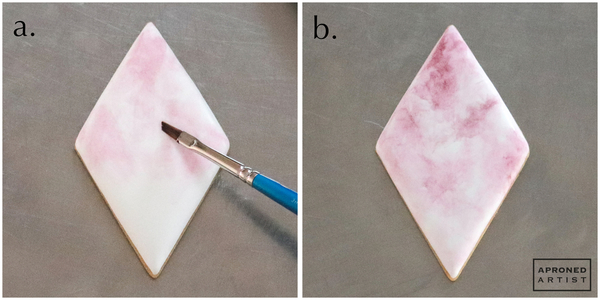

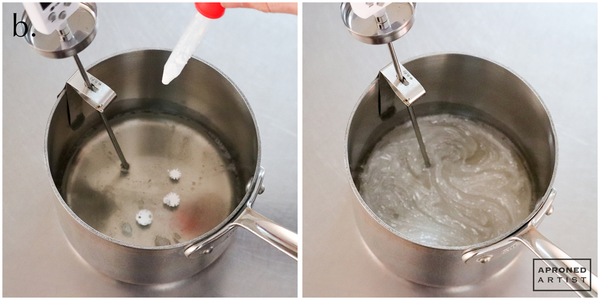
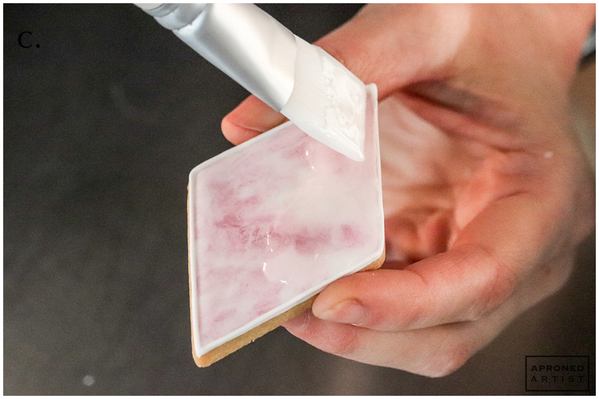
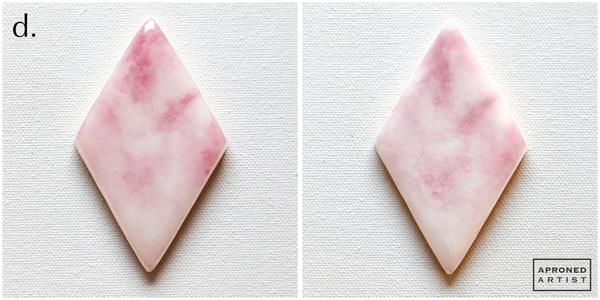
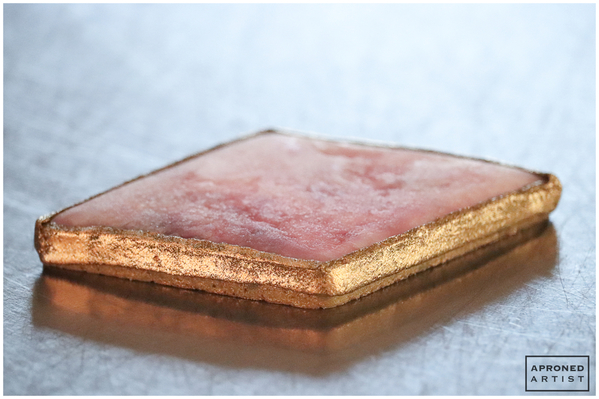



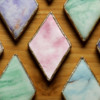
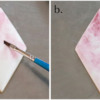






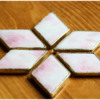

Comments (31)